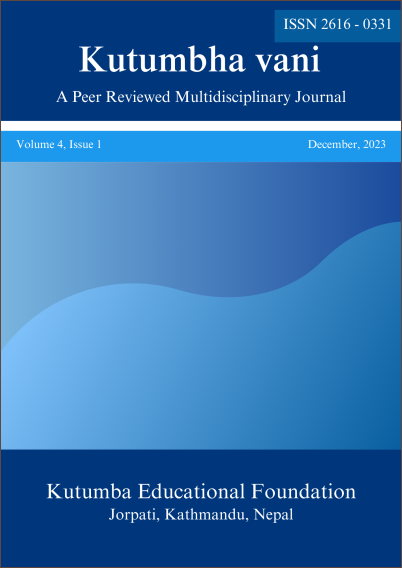An Analysis of Women Representation in Local Election 2022
DOI:
https://doi.org/10.3126/kv.v4i1.73925Keywords:
Suffrage movement, women representation, local electionAbstract
Women's participation in politics has historically been limited in Nepal due to deeply rooted traditional gender roles. Nonetheless, a number of strong women have broken through these expectations to become well-known authorities in their local communities. The incidents demonstrate that merely enacting legislation is insufficient to guarantee women's participation, ongoing oversight is required to guarantee the law's proper application. This study used a mixed research design, liberal and representative political science theory, and a descriptive and analytical approach that proved more effective in the context of the pragmatist philosophy. Women made up 40.95 percent of the elected representatives in the local elections held in 2017. In 2022, there was a marginal improvement as women made up 41.21 percent of all elected representatives. The finding reflects that the elections of 2022 present a wonderful opportunity to further advance women's representation in politics and build on the noteworthy achievements of 2017. This helps political parties run for office in addition to being good for social justice. Particularly those who have worked in local government for the previous four years, many women are keen to progress in their political careers. More women representation in public life seems like a good place to start when it comes to gender equality. As a result, improvement of women representation is seen in local elections. The Election Commission has taken steps to address the concerns expressed about women's participation in the electoral process, but its actions have lagged behind as the parties have taken advantage of loopholes.




